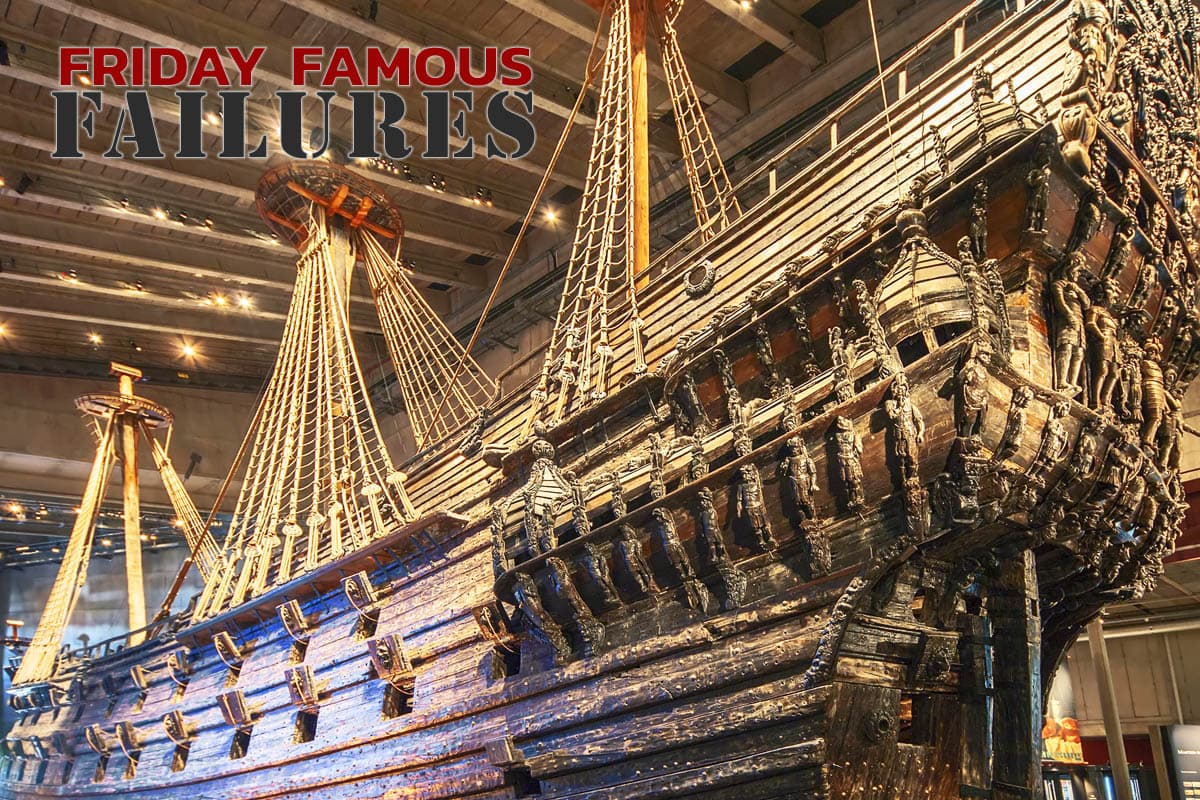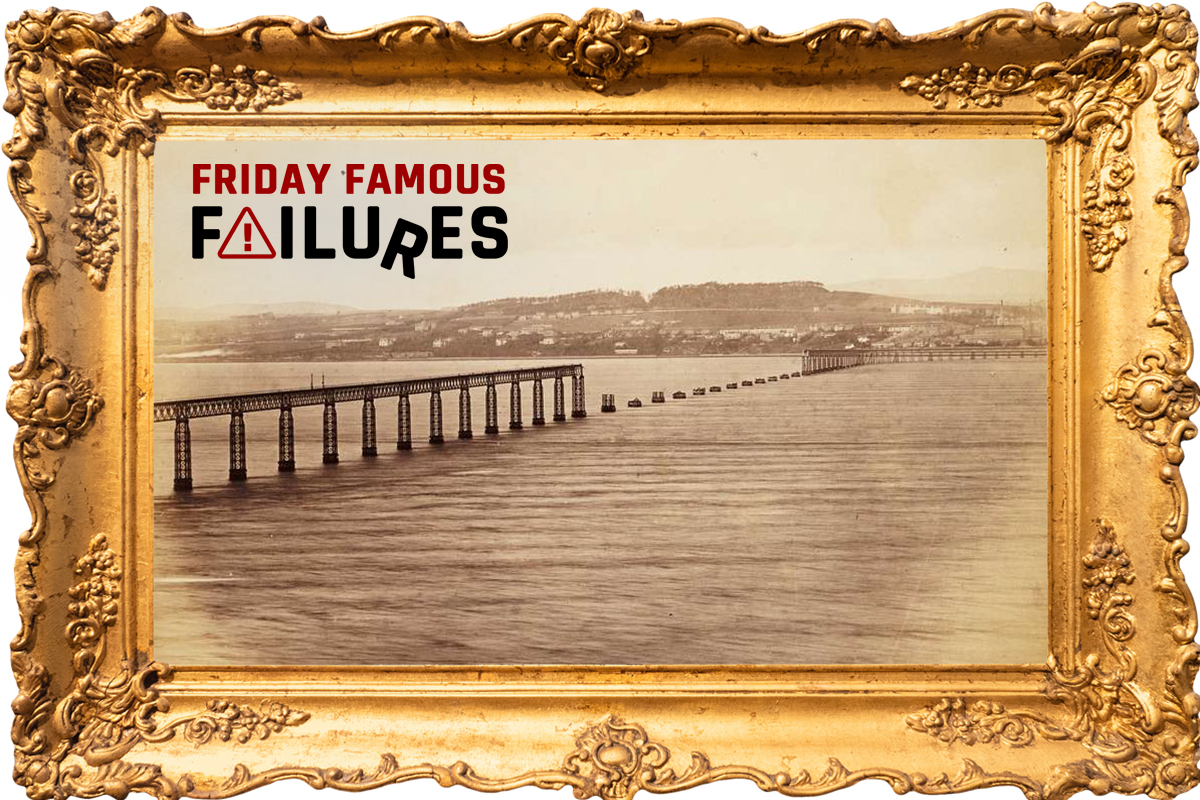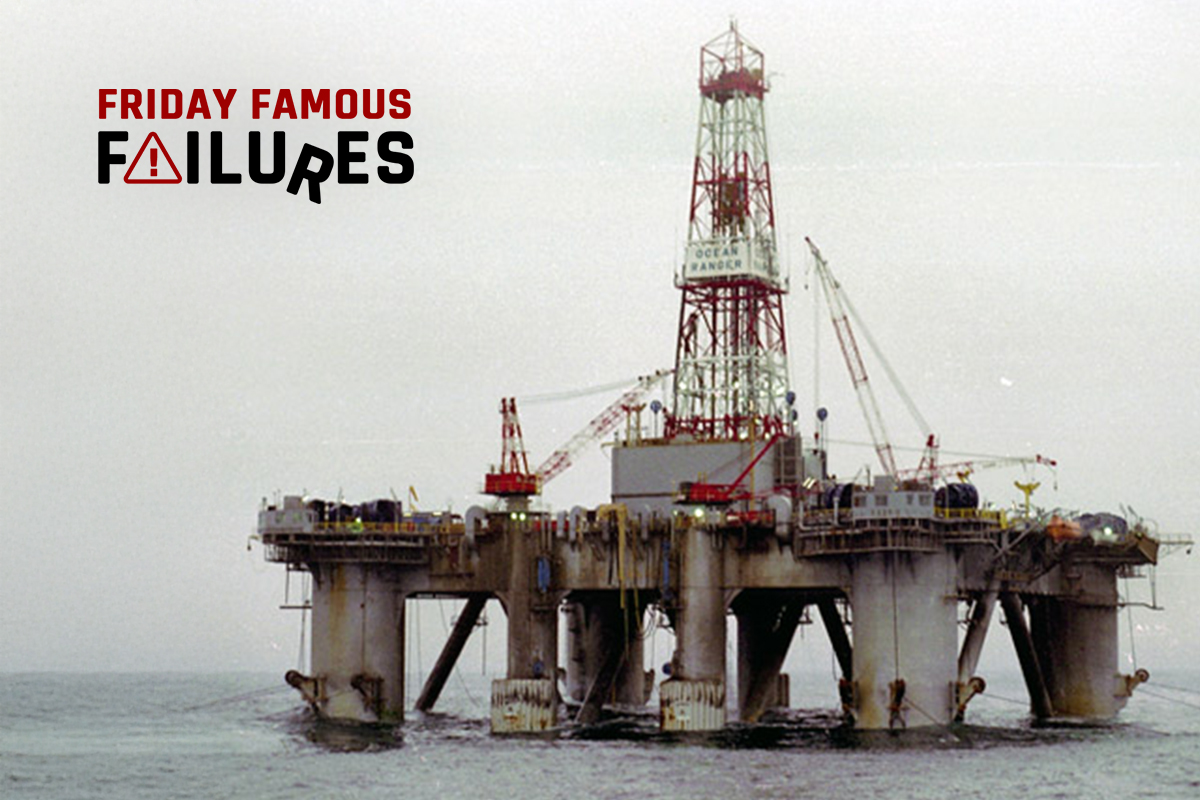The Vasa was a Swedish warship built between 1626 and 1628. The ship sank after only sailing roughly 1,400 yards into its maiden voyage on August 10, 1628. Now, resurrected from the sea, the Vasa represents a widely-recognized symbol of the Swedish “great power period.” Vasa is now housed permanently in a museum dedicated to her, the Vasa Museum, and is one of Sweden’s most popular tourist attractions with more than 35 million visitors. While Vasa is triumphant today, her seafaring was not. What caused this ship to sink?
The Vasa was built on the orders of King of Sweden Gustavus Adolphus. Hoping to expand his military, Adolphus initiated a war with Poland-Lithuania. The Vasa was constructed in the navy yard in Stockholm and armed with bronze cannons. At her completion, the Vasa was one of the most powerfully armed vessels in the world. However, all that armor made the Vasa dangerously unstable and too much weight was placed in the upper structure of the hull.
King Adolphus was eager to send Vasa out; he was leading the army in Poland and wanted Vasa to take up station as a flagship in Älvsnabben, a small archipelago south of Stockholm. The King’s subordinates, who may have realized the unstable weight, lacked the courage to openly speak about some of the ship’s issues or to make a motion to suggest a postponement of the ship’s departure. As a result, the Vasa quickly sank when faced with a breeze.
Dutch-born shipwright Henrik Hybertsson initially supervised Vasa’s construction, but Henrik fell ill and handed the plans and supervision of the work to another Dutch shipwright, Henrik Jacobsson. Hybertsson would pass away in 1627 and would never see the Vasa completed. During the construction in 1628, the captain responsible for supervising the construction of the ship arranged for the ship’s stability to be tested. Thirty men ran back and forth across the deck to simulate the ship rolling, but the test was stopped after the men only made three trips back and forth, for fear the ship would capsize.
Vasa was built during a time of transition in naval tactics. Guns and cannons, as opposed to boarding an enemy ship, became the preferred battle approach. Vasa was a warship with two full gun decks. But unfortunately, it was built at a time when the principals of shipbuilding were still poorly understood. Safety standards were subpar and the warships of the 17th century were built with high superstructures to be used as firing platforms, which made ships like the Vasa terribly unstable.
Despite these safety concerns, King Adolphus was impatient for the Vasa’s completion and wanted it sent out as soon as possible. Vasa was equipped with cannons on her sides. The combined weight of the shot that could be fired made her the most powerful warship of her time. Vasa balanced her might with her artistic intricacy. A team of at least six expert sculptors worked at least two years to create the sculptures that would adorn her colorful stern.
Vasa embarked on her maiden voyage on August 10, 1628. Thousands of spectators lined the shores to watch the mighty ship depart. Records note that the day was calm with a light breeze from the southwest. The gun ports were open as she departed, ready to fire a salute as the ship sailed out of Stockholm. Instead, as Vasa moved downward of the bluffs to the south a gust of wind filled her sails and she heeled suddenly to the left. The sheets, the lines used to control the movable corners of the sail were cast off, and the ship righted herself as the gust passed. As Vasa sailed passed Tegelviken, where there is a gap in the bluffs, an even stronger gust forced the shop onto it’s port, (left) side and pushed the open lower gun ports under the surface. This allowed water to rush into the lower gun deck. The water that built up on the deck exceeded the ship’s minimal ability to right herself, and water continued to rush in until it ran down in the hold. Only 1,400 yards into her journey, Vasa sank to a depth of 105 feet. She was only 390 feet from shore. Despite aid being quickly dispatched, thirty sailors perished with the ship. When the Vasa was finally pulled up from the sea three hundred years later, the remains of 15 of those who perished were found within the wreckage.
Why Exactly Did She Sink?
Vasa sank because she had little initial stability and was vulnerable to heeling over at the force of waves or wind. Vasa was unstable because the distribution of the mass in the hull structure and the ballast, guns, provisions and other objects loaded on board put too much weight too high on the ship, making the center of gravity too high. Thus, it took very little force to make the ship heel over and she had very little righting moment – the force that helps the ship return to an upright position.
The high center of gravity was not due to the weight of the guns, as they made up only 5% of the total displacement of the loaded ship. The problem was found in the hull construction. The part of the hull that sat above the waterline was too high and too heavy in relation to the amount of the hull in the water. Even the headroom in the decks was built higher than necessary for the heights of the sailors at the time and the weight of the upper decks and guns were higher above the waterline than necessary. Additionally, the deck beams and supporting timbers were too closely spaced for the loads they were carrying, so they added too much weight to the already tall and heavy hull.
Additional factors led to Vasa’s sinking. Archeologists discovered four rulers in the wreck: two were in Swedish feet, 12 inches, and the other two measured Amsterdam feet, 11 inches. These different measuring systems on either side caused the vessel’s mass to be distributed asymmetrically and heavier to port.
Common practice at the time dictated that heavy guns were placed on the lower gun deck to decrease the weight on the upper gun deck. While the ship was finished with the correct size dimensions for 12-pound weapons, Vasa was outfitted with 24-pound weapons on the upper deck.
Lastly, had the ship sailed with the gun ports closed, it may not have sank on her maiden voyage. Typically, the lower gun ports are ordered closed as the pressure of the wind in the sails often pushed the lower gun ports under water. Vasa set said with hers open. Despite the Captain ordering them closed after the first heel, it was too late.
Despite notification of Vasa’s sinking being dispatched to him immediately, the King did not receive word until nearly two weeks had passed. Adophus was furious and vowed to punish the guilty parties. Crewmen and contractors formed camps; no one wanted to shoulder the blame. Jacobsson stated that he had built the ship exactly as original shipbuilder Hybertsson had directed and that Hybertsson had followed the specifications approved by the King himself. In the end, no one was found guilty. The blame fell mostly on Henrik Hybertsson, who by that time was dead.
Vasa lay at the bottom of the harbor for nearly 333 years. She was rediscovered in the 1950s by an amateur archaeologist. The Swedish Navy became involved after the ship was located and through a series of moves, Vasa was lifted to the surface on April 8, 1961.









This is proof that high level hubris often, if not always, results in disaster.
Hubris and politics created this failure. Designers and operators of the Titanic should have taken note.
Very interesting reading. Blame the dead, even in the 15th century!
Stubborn attitude was King!
I have seen the ship in its current home, a drydock enclosed by a structure which is a massive museum. Preservation and restoration has been underway for decades. When I visited only a small area on the ship was open to tourists, and probably more is at this time. It is incredibly well preserved. As far as the cause and subsequent finger pointing, some things just never change, though forensic evaluations today provide detailed lessons learned.
For many years I smoked a pipe. I believe it was the Wasa that graced the sides of the Borkum Riff tobacco cans.
The different rulers crack me up. They remind me of when I was in an Army engineer battalion in Korea and was responsible for laying out a large bridge across a river. The bridge was founded on rock and had large pier footings. The piers, themselves were like a wedding cake: There were three layers, each a bit smaller than the lower pier. For our construction, each pier required two concrete pours.
We had a company from another battalion attached to us. They started the pier construction. I would spot check them from time to time, and they were always within 1/4″ or so. Then my battalion started the piers. They would set forms, I would check, and they would be out. Then they were pushed back into plumb and concrete poured. The next set of forms would have the same problem.
Finally, after several iterations of this, I asked what they were using to set the forms. The Sergeant handed me his 24″ carpenters level. The level was screwed up: If you put it on the forms in one direction, they were perfect. In the other direction, they were out. Another 11″ ruler.
Ship stability is not entirely about weight too high. You can build a ship with a high cg (aircraft carrier) or a low cg (tug boat). You will not have a rightable vessel if the CG falls in the mid range. There is (was?) a course at the Naval Academy that is taught regarding the cg principles and righting moments.